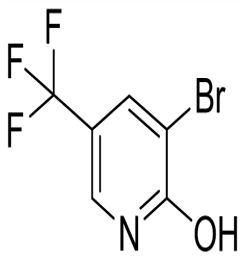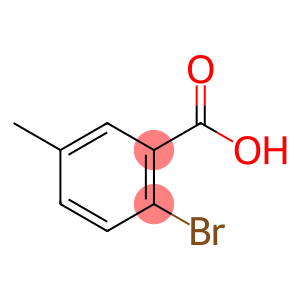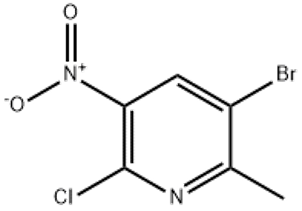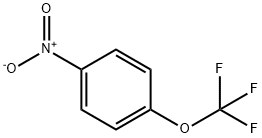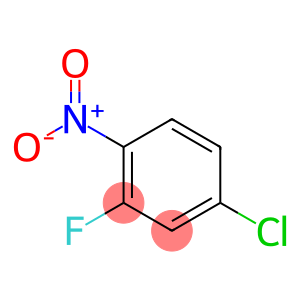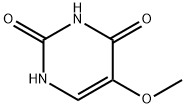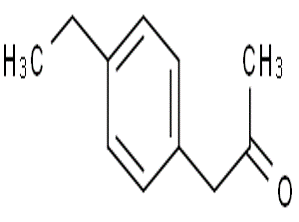3-Bromo-2-hydroxy-5-(trifluoromethyl)pyridine (CAS# 76041-73-1)
| Risk Codes | 25 – Toxic if swallowed |
| Safety Description | 45 – In case of accident or if you feel unwell, seek medical advice immediately (show the label whenever possible.) |
| HS Code | 29333999 |
| Hazard Class | IRRITANT |
Introduction
2(1H)-Pyridinone,3-bromo-5-(trifluoromethyl)-(2(1H)-Pyridinone,3-bromo-5-(trifluoromethyl)-) is an organic compound. It has a molecular formula of C6H3BrF3NO and a molecular weight of 218.99g/mol. The following is a description of its nature, use, formulation and safety information:
Nature:
-Appearance: 2(1H)-Pyridinone,3-bromo-5-(trifluoromethyl)-is a solid, usually white to light yellow crystals.
-Melting point: Its melting point is 90-93°C.
-Solubility: 2(1H)-Pyridinone,3-bromo-5-(trifluoromethyl)-has certain solubility in common organic solvents, such as ethanol, ether and chloroform.
Use:
-Chemical research: 2(1H)-Pyridinone,3-bromo-5-(trifluoromethyl)-can be used as a reagent or intermediate in organic synthesis. It is often used to construct the skeleton of complex organic molecules in metal-catalyzed reactions.
-Drug development: Due to its special structure and chemical properties, it may play an important role in drug development, such as anti-cancer agents, antiviral agents, etc.
Preparation Method:
2(1H)-Pyridinone,3-bromo-5-(trifluoromethyl)-can be synthesized by a variety of methods, the following is one of the common synthesis methods:
2-hydroxyl pyridine is reacted with magnesium bromide to generate 2-hydroxyl -3-bromopyridine. The 3-bromopyridine is then reacted with fluoromethyllithium to give 2(1H)-Pyridinone,3-bromo-5-(trifluoromethyl)-. The synthesis is generally carried out in an organic solvent, such as dimethyl sulfoxide, and at low temperatures.
Safety Information: The safety of
- 2(1H)-Pyridinone,3-bromo-5-(trifluoromethyl)-has not yet been clearly evaluated, so care should be taken when handling and storing. Users are advised to wear appropriate personal protective equipment, such as lab gloves and eye protection. Avoid inhaling its dust or contact with skin.
-Due to its chemical properties, it may be toxic to the water environment. Please comply with the relevant safety procedures when using, to avoid its discharge into the water body.
-When using this compound, it is recommended to operate under well-ventilated laboratory conditions to avoid inhalation of its volatiles. In case of accidental spilling or inhalation, seek medical attention immediately.


